Bird Adaptation
(Do the following work on your own paper. Include Title, Problem, Pre-lab Questions, Data, Post-lab Questions, and Conclusion.)
Introduction to Life Lab # 2: Adaptations: Beaks and Feet
Problem: How are bird beaks and feet adapted for different purposes?
Background Reading: In natural selection, organisms compete to survive. Mutations and differences from sexual reproduction give some organisms an advantage. They have some characteristic that allows them to survive better: smarter, faster, better at getting food, better at hiding from predators, etc. In birds, beaks and feet differ among species allowing them to feed differently or adapt to different environments. Think about eating utensils. A spoon is good for picking up both solids and liquids (soup). Put holes in it, and it will allow you to get the peas and carrots in the soup without the liquid (broth).
Pre-Lab Questions:
- Take another eating utensil, and change its shape. Draw it. What could you now do with it that you couldn’t do before?
- List 3 different ways birds could use their beaks.
- List 3 different ways birds could use their feet.
- Define: Natural Selection
Procedure:
- Collect materials for lab group:
- Spoon
- Marbles
- Chopsticks (one set)
- Pennies
- Forceps (Tweezers) – one pair
- Toothpicks
- Field Guide
- Prediction: What tool will pick up each food the best?
- Three members of the group take a tool (spoon, chopstick, and tweezers). Fourth member collects data.
- The Data collector will time group as they race to pick up as much food as possible (pennies, toothpicks, marbles) in one minute.
- Lab group must organize data into a data section including a chart showing how much food each tool picked up (example: the spoon got 7 marbles, 1 penny, 0 toothpicks).
- Check your work.
Post-Lab Questions
- Which beak is best adapted for marbles? toothpicks? pennies?
| Bluebird / Bald Eagle / Trumpeter Swan / Godwit |
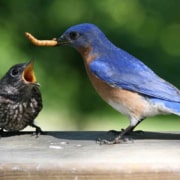 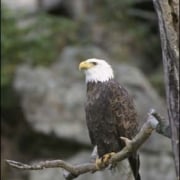 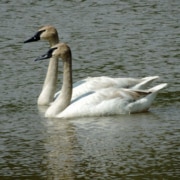 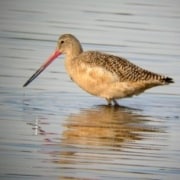 |
| Chestnut-sided warbler / Great Blue Heron / Blue Jay |
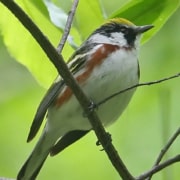 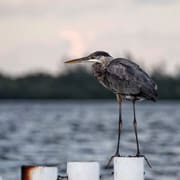  |
- Which “beak” survives in an environment with only marbles? Toothpicks?
| Chestnut-sided warbler / Great Blue Heron / Blue Jay / Toco Toucan / Parrot |
   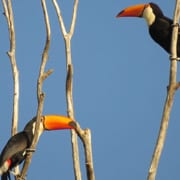 |
- Using the field guide locate a bird(s) that has a beak like:
A Spoon:
Chopsticks:
Tweezers:
| 4. What kind of food could each of the below birds eat with their beak? |
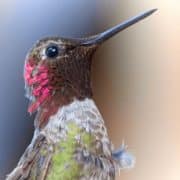 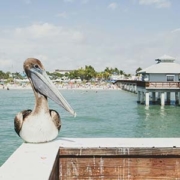  |
| 5. What environment could each of the following types of feet best be adapted for? |
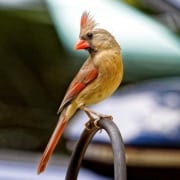 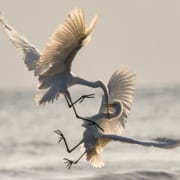 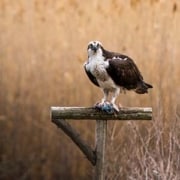 |
Conclusion:
